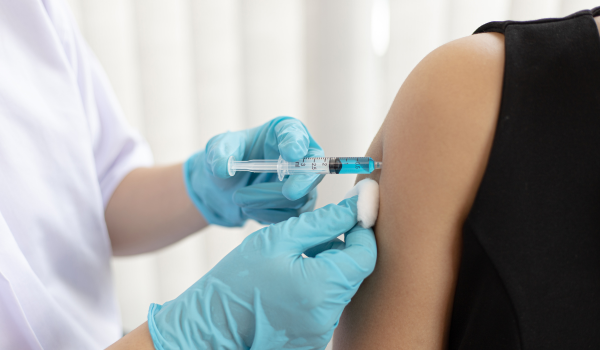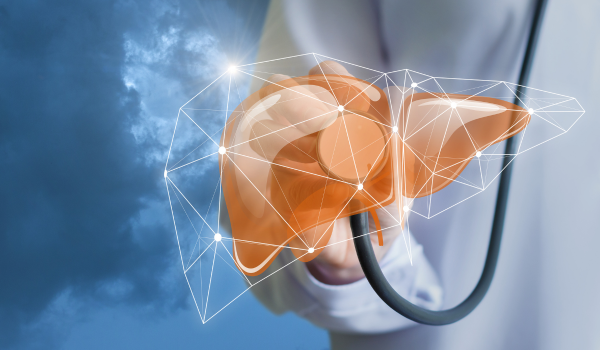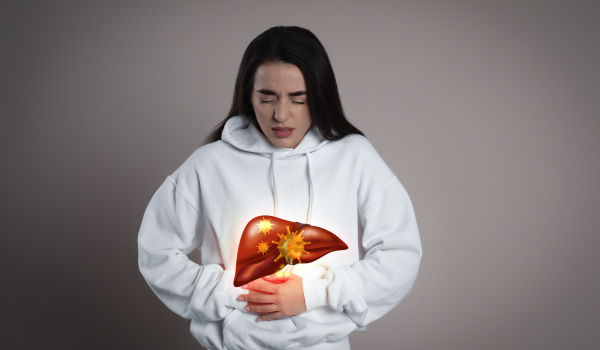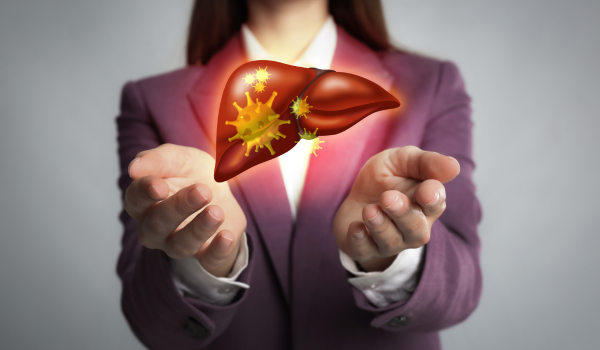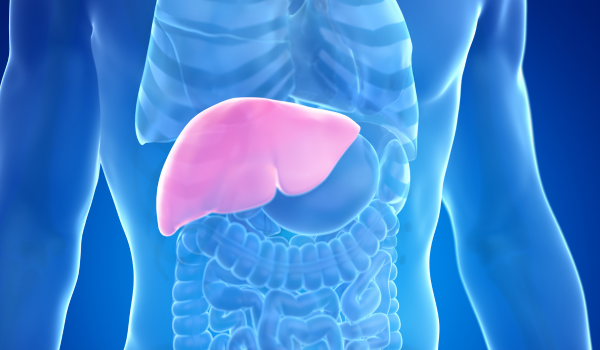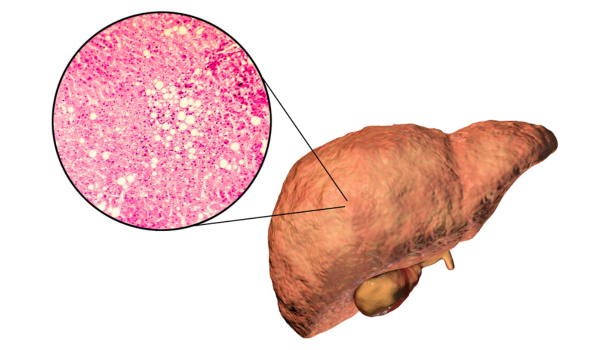
Overview
Non-Alcoholic Fatty Liver Disease (NAFLD) is one of the most common liver disorders worldwide, affecting millions of people—often without symptoms in the early stages. Unlike alcohol-related liver disease, NAFLD develops in people who drink little or no alcohol. It occurs when excess fat builds up in the liver cells, disrupting normal function and increasing the risk of serious complications.
Because NAFLD is closely linked to obesity, insulin resistance, and metabolic syndrome, its prevalence is rising alongside global lifestyle changes. Understanding the causes, risks, and management strategies is key to prevention and control.
Understanding NAFLD
NAFLD is an umbrella term for a range of liver conditions in non-drinkers, from simple fatty liver (steatosis) to a more severe form known as Non-Alcoholic Steatohepatitis (NASH).
-
Simple steatosis: Fat accumulation without significant inflammation or liver cell damage.
-
NASH: Fat accumulation accompanied by inflammation and cell injury, which can progress to fibrosis, cirrhosis, and even liver cancer.
The distinction is important because while simple steatosis may remain stable for years, NASH can be aggressive and life-threatening.
Causes
While the exact cause of NAFLD is not fully understood, it is strongly associated with metabolic imbalances.
Key contributing factors:
-
Obesity: Excess fat storage increases liver fat accumulation.
-
Insulin resistance: Common in type 2 diabetes, it promotes fat storage in the liver.
-
High blood sugar: Can damage liver cells over time.
-
High triglycerides and cholesterol: Increase fat buildup in the liver.
-
Poor diet: High intake of sugary drinks, refined carbs, and unhealthy fats.
Genetics, gut microbiome imbalances, and certain medications may also play a role.
Risk Factors
Some individuals are more likely to develop NAFLD due to personal or family health history.
Major risk factors include:
-
Overweight or obesity (especially abdominal obesity).
-
Type 2 diabetes or prediabetes.
-
High blood pressure.
-
High cholesterol or triglycerides.
-
Sleep apnea.
-
Polycystic ovary syndrome (PCOS).
-
Hypothyroidism or hypopituitarism.
Having multiple risk factors increases both the likelihood of NAFLD and the chance of progression to more serious disease.
Progression of Disease
NAFLD can develop gradually, moving through several stages:
-
Simple fatty liver (steatosis): Fat buildup without inflammation.
-
Non-Alcoholic Steatohepatitis (NASH): Inflammation and liver cell damage.
-
Fibrosis: Scar tissue formation in the liver.
-
Cirrhosis: Extensive scarring, irreversible damage, and risk of liver failure.
-
Liver cancer: In some cases, cirrhosis leads to hepatocellular carcinoma.
Not all patients progress through these stages, but early management reduces the risk.
Symptoms
NAFLD is often called a “silent” disease because many people have no symptoms until the liver is significantly damaged.
Possible symptoms include:
-
Fatigue
-
Unexplained weight loss
-
Abdominal discomfort in the upper right side
-
Weakness
Advanced stages may present with jaundice, swelling in the abdomen or legs, and mental confusion due to liver dysfunction.
Diagnosis
Since NAFLD can be symptomless, it is often detected during routine tests.
Diagnostic tools:
-
Blood tests: Liver function tests to detect elevated enzymes (ALT, AST).
-
Ultrasound: Common first-line imaging to detect fat in the liver.
-
CT or MRI scans: Provide more detailed images.
-
FibroScan: Measures liver stiffness to detect fibrosis.
-
Liver biopsy: Confirms diagnosis and stage, especially if NASH is suspected.
Complications
If unmanaged, NAFLD can lead to serious health problems:
-
Cirrhosis: Severe scarring impairs liver function.
-
Liver cancer: Increased risk in advanced cases.
-
Cardiovascular disease: People with NAFLD are more likely to have heart disease.
-
Liver failure: Inability of the liver to function properly, requiring transplantation.
Lifestyle Changes for Management
The cornerstone of NAFLD treatment is lifestyle modification, as no specific medication is approved for all cases.
Key changes:
-
Weight loss: Losing 7–10% of body weight can significantly reduce liver fat and inflammation.
-
Healthy diet: Emphasize whole grains, lean proteins, vegetables, fruits, and healthy fats (e.g., olive oil, nuts).
-
Exercise: Aim for at least 150 minutes of moderate-intensity activity per week.
-
Reduce sugar intake: Cut back on sweetened beverages and refined carbohydrates.
-
Avoid alcohol: Even moderate drinking can worsen liver damage.
Medical Treatments
While lifestyle changes are primary, certain treatments may be recommended for specific cases:
-
Insulin sensitizers: Such as pioglitazone for those with insulin resistance.
-
Vitamin E: May help reduce liver inflammation in non-diabetic patients with NASH.
-
Cholesterol-lowering medications: Statins can help manage cardiovascular risk.
-
Bariatric surgery: For severely obese individuals who do not respond to diet and exercise.
Prevention
NAFLD can often be prevented by adopting healthy habits early in life:
-
Maintain a healthy weight.
-
Follow a balanced, nutrient-rich diet.
-
Stay physically active.
-
Monitor and control blood sugar, cholesterol, and blood pressure.
-
Get regular health check-ups.
Outlook
With early diagnosis and proper management, many people with NAFLD can prevent progression and live healthy lives. However, ignoring risk factors can lead to irreversible damage. Public health efforts to promote healthy lifestyles are crucial in curbing the rising rates of NAFLD worldwide.
Conclusion
Non-Alcoholic Fatty Liver Disease is a growing global health issue, closely tied to modern lifestyle factors such as poor diet, obesity, and sedentary living. While it can remain harmless in its early stages, it has the potential to cause life-threatening liver damage if left unmanaged. Awareness, lifestyle change, and early intervention remain the most effective tools for prevention and treatment.

